The ancient Romans were not as into philosophy and teaching as the Greeks, but they absolutely loved finding new forms of entertainment to spice up their otherwise mundane lives.
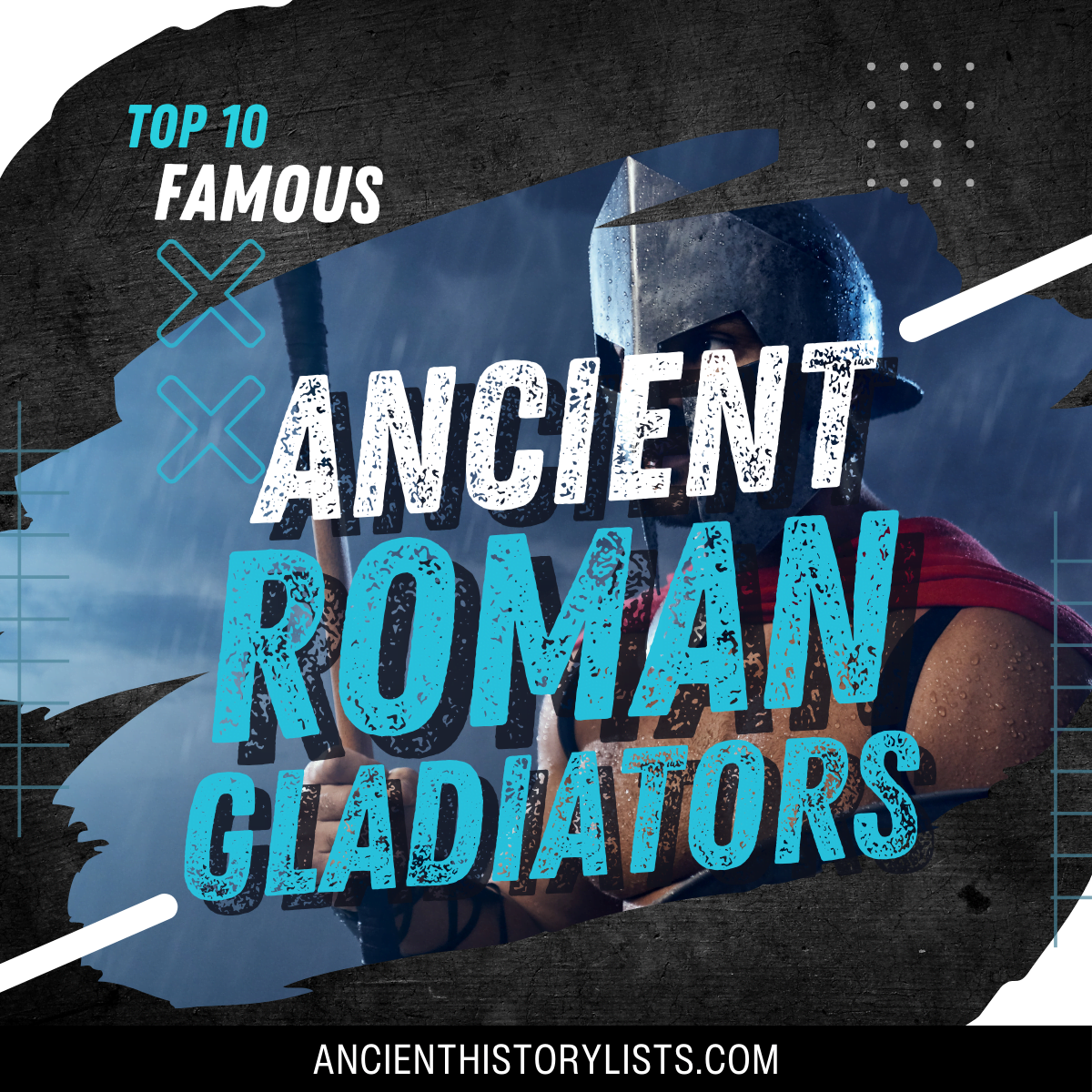
Today, even the thought of gladiators beating each other to death in a huge arena full of enthusiastic onlookers would create unprecedented outrage, but to the ancient Romans this was a popular and common form of entertainment.
However, despite the short life expectancy, being a gladiator was in many ways one of the most glamorous professions in ancient Rome. Gladiator battles would draw thousands of spectators, including the biggest names in contemporary Roman society.
In order to honor the most popular of these ancient Roman superstars, here is the list of the top 10 ancient Roman gladiators:
Don’t like reading? Watch the video
Note: We are adding videos to our existing article. Please subscribe to our YouTube channel for other awesome videos.
10. Tetraites
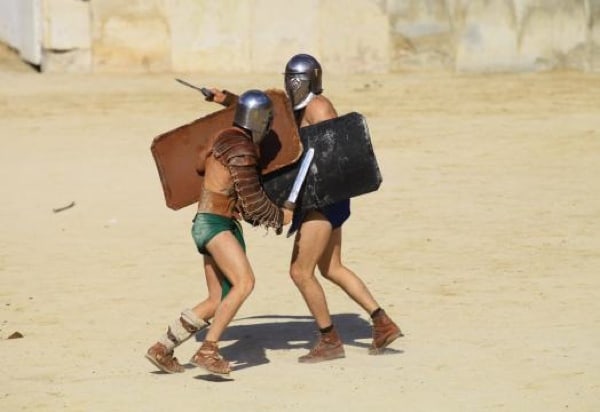
Tetraites was a popular gladiator in ancient Rome, famous for his murmillones-styled fights which involved entering the arena bare chested wielding a sword and shield and wearing a helmet. Though details of many of his fights remain largely undocumented, he is well known for his victory over Prudes. The two of them had made quite a name for themselves already – both their names are depicted on glass vessels found in present-day France, England, and Hungary.
The carvings portray the victory of Tetraites over Prudes, and most probably the moment when his fame reached new heights.
9. Spiculus
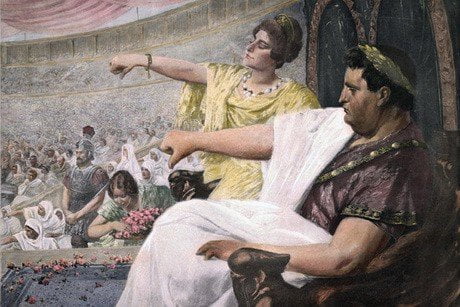
One of the most famous gladiators who lived in the first century AD in Rome was Spiculus. Not only was he popular with regular audiences, but he was also greatly admired by the notorious Roman emperor Nero.
Spiculus went on to win a number of battles and emerged victorious against many skilled adversaries. Nero was particularly impressed by his heroics and awarded him with more palaces and riches than he could have asked for.
Nero had become so fond of him that when he was overthrown in 68 AD, he wanted to die a swift death at the hands of Spiculus. But his aides could not get hold of Spiculus in time and Nero took his own life.
Spiculus’s fame did not only revolve around his relationship with Nero, and his depictions in several ancient Roman artworks bear testimony to his far-reaching popularity.
8. Hermes
Not much had been documented about the life of the ancient Roman gladiator Hermes. However, he earns lavish praise from a contemporary Roman poet called Martial, so much so that Martial even dedicated an entire poem to praising his skills as a gladiator.
In the poem, every line begins with the name Hermes, and Martial describes him as a skillful fighter who enjoyed overwhelming superiority over other gladiators.
Most gladiators chose a certain type of fighting style and trained hard to master the relevant skills. Hermes was well trained at using many different gladiator weapons and was not only versed in most fighting styles, but also proficient in at least three different gladiator techniques – a knowledge that gave him a huge advantage over his opponents.
7. Priscus and Verus
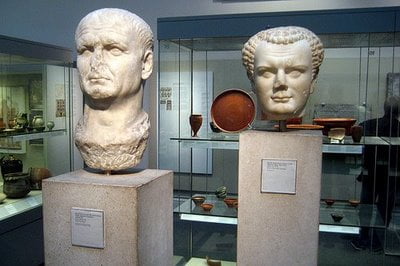
These two might have won a number of fights as competent gladiators in their careers, but they are mostly known for their legendary final battle in which they faced off against each other.
Priscus and Verus fought this epic battle in the first century AD in the famous Flavian Amphitheater. As it happened, their ultimate battle was also the first big spectacle in the Flavian arena, a spectacle that was documented in detail by the poet Martial.
After fighting for hours in a nail-biting contest, the two warriors submitted to each other at the same time. In respect for each other’s skill and mettle, they put down their swords and were met with roaring appreciation from the crowd.
The organizer of the event, Emperor Titus, was also moved by the way the battle had concluded. He awarded the pair with the “rudis,” a small wooden sword that granted freedom to gladiators upon their retirement.
6. Marcus Attilius
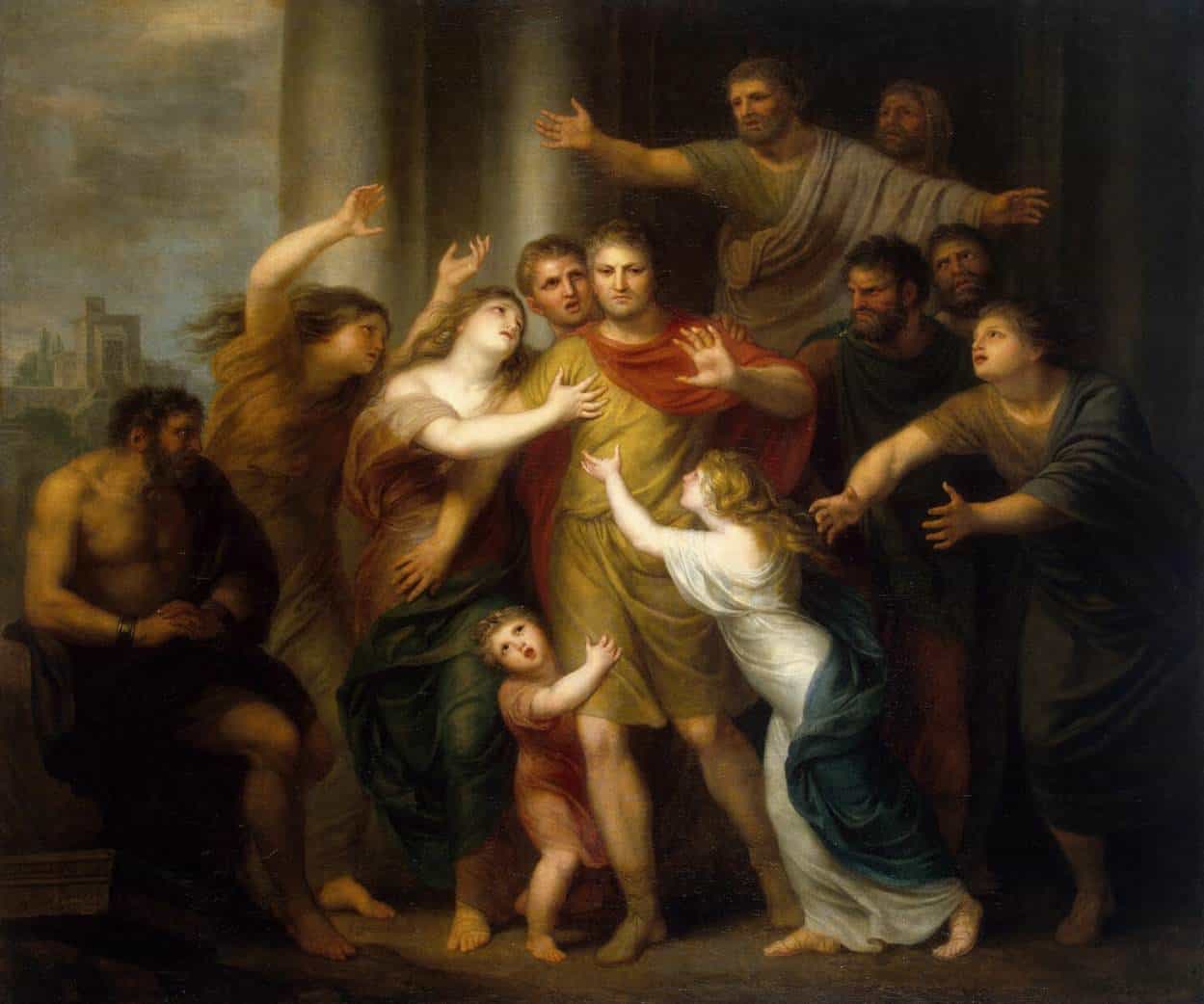
When Marcus Attilius fought his first battle as a gladiator, he was just a young novice and was given the designation of “tiro” which was a title given to a gladiator who was just commencing his career.
Usually, the organizers would pit gladiators of similar status and experience against one another, but Marcus Attilius was to face Hilarus, an imperial gladiator who had already fought 14 fights and won 12 of them.
Just as everyone thought that Marcus did not stand a chance, the newcomer scored a thumping victory over the veteran, staging an upset that earned him much admiration. From this rose the legend of Marcus Attilius, who went on to defeat the likes of Raecius Felix, another fighter who had won 12 fights in a row.
5. Carpophorus
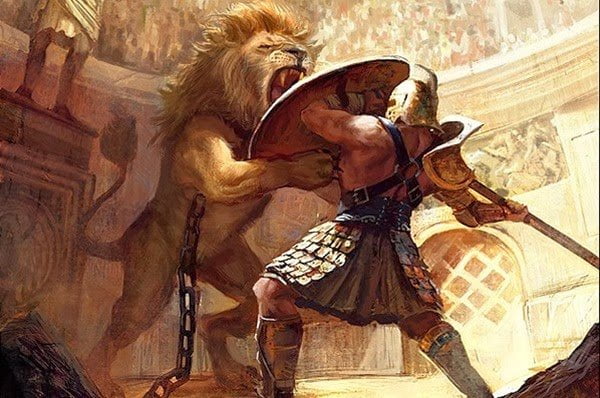
The era of the ancient Roman gladiators saw a number of popular bestiarii, or gladiators who fought wild animals. This profession was notorious for its ridiculously short life expectancy, even by gladiators’ standards.
Being a celebrated bestiarius, Carpophorus was instinctively gifted when it came to fighting wild animals, and he was far more skilled at fighting animals in the arena than at fighting in hand-to-hand combat against fellow gladiators.
Carpophorus would routinely face off against vicious wild animals such as lions, bears, leopards, and rhinos. He even fought at the opening of the famed Flavian Amphitheater and defeated bears, lions, and leopards in a single battle.
On another occasion, he killed a rather ferocious rhino with a single spear. But his personal best and the crowd’s favorite performance came when he killed 20 different beasts in a single battle.
4. Crixus
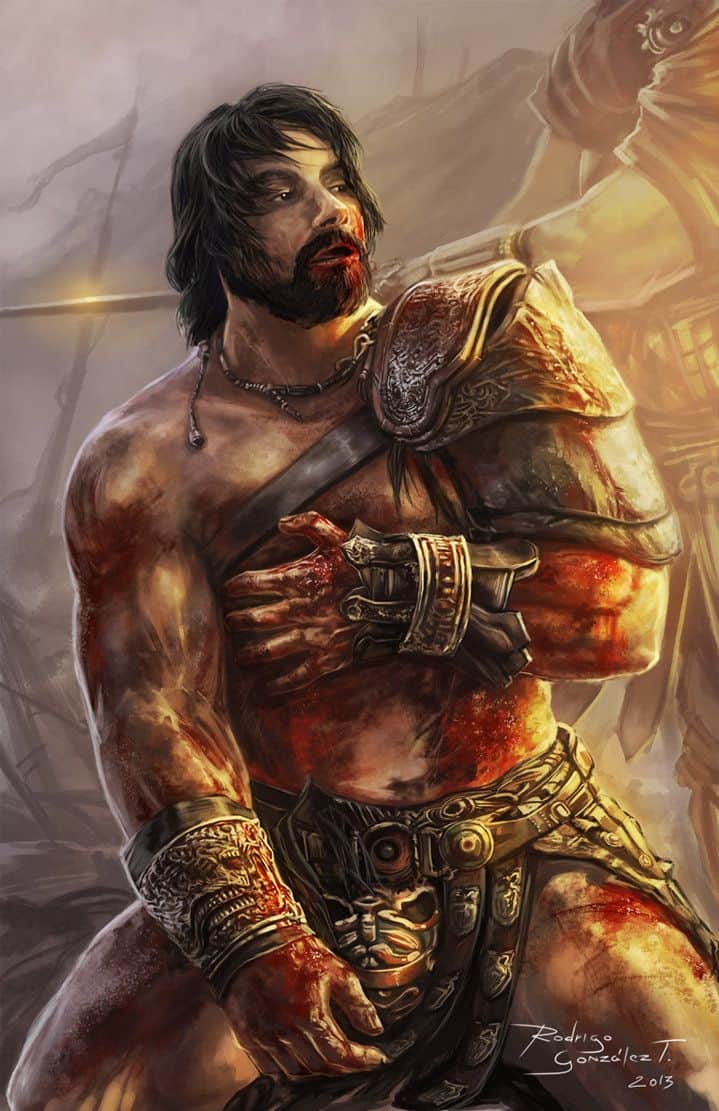
A well-known military leader during the Third Servile War, Crixus used to be a Gallic gladiator who enjoyed noteworthy success against much bigger opponents. But he absolutely despised the leader of his gladiator school and his owner.
So when a revolt broke out in the training school, Crixus was a happy volunteer among the 70 gladiators who escaped. He then played a pivotal role in defeating a small group of soldiers sent to quell their rebellion.
Soon, other escapee gladiators joined their ranks and formed a fearsome group. But all Crixus wanted was retribution on upper-class Roman society. This led to a dispute between him and the rebellion leader, and he left the group along with several of his supporters with the intention of destroying Southern Italy.
But destiny had different plans for Crixus as the Roman legions were able to track him down before he was able to perpetrate a surprise attack. He did fight with all his might in the hopeless battle that ensued, but eventually died at the hands of his enemy.
3. Commodus
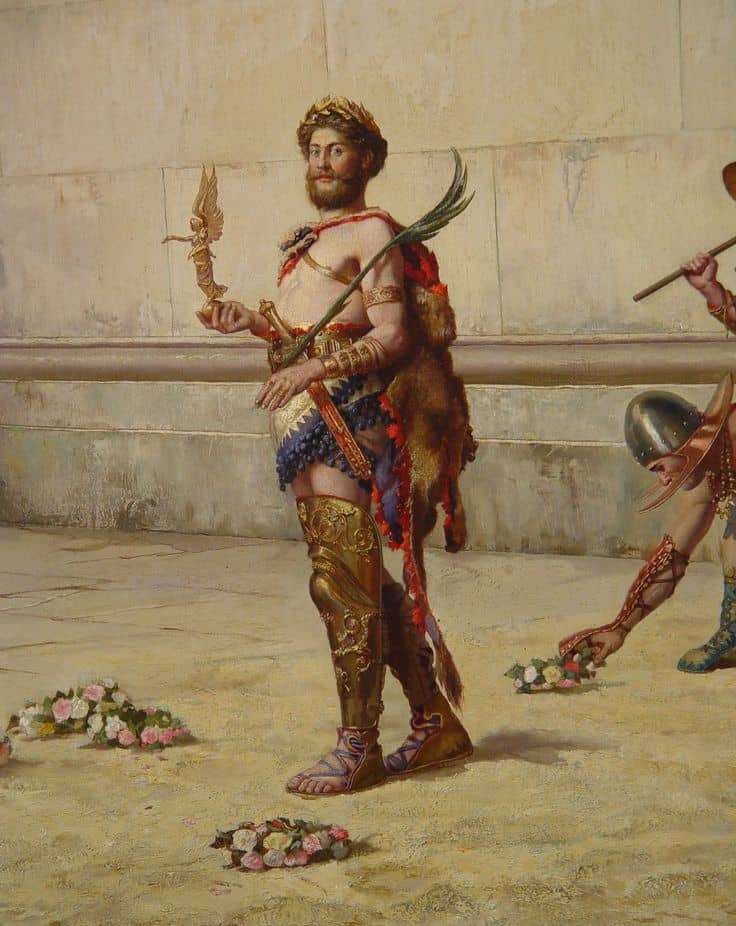
Commodus was an infamous Roman emperor who was obsessed with performing in the arena as a gladiator. Many of us may know him from Joaquin Phoenix’s portrayal in the film Gladiator.
He was notorious for his ego and considered himself above everyone else. At that time, despite the glamor and popularity that gladiators enjoyed, they were still considered lowly by the Roman upper classes. So Commodus had parts of his palace converted into an arena so as to fight as a gladiator in private.
Of course, that was never going to be enough to satisfy his desire to fight as a real gladiator. Soon he started fighting in public battles with absolute disregard for his royal status. But these fights were never fair as his opponents were armed with wooden swords.
Sometimes, he would stoop so low as to kill tethered and injured animals just to show off his non-existent fighting skills. Eventually, Commodus’s continuous and mindless dabbling in such antics led to his downfall when he was assassinated in 192 AD.
2. Flamma
Flamma is one of the biggest names among ancient Roman gladiators. Of course, his true name wasn’t Flamma, which was just his battle name, meaning “flame”. But this skillful athlete absolutely justified his name with his track record as a fearsome gladiator.
Before his career as a gladiator began, he was a Syrian soldier who was captured and thrown into battle against a powerful adversary in order to meet a quick death. Ultimately, he did meet his end in this way, but not after commanding unparalleled domination over countless opponents in the grand arena of the Colosseum.
Using a small sword and a shield, and armor on only one half of his body, he terrorized his opponents for about 13 years in fights that attracted huge numbers of spectators. By the time he died at the age of 30, he had fought an astounding 34 battles, 21 of which he won, 9 were drawn and only 4 of them lost.
He was awarded the rudis and his freedom on four different occasions. But each time, he declined the offer and continued to pursue his life as a warrior.
1. Spartacus
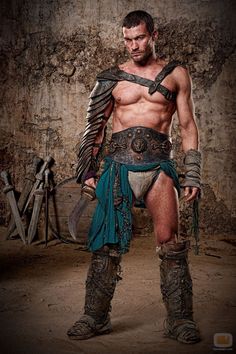
A Thracian soldier by birth, Spartacus was captured by the Romans and then sold as a slave. His owner owned a gladiator school in Capua and he saw the opportunity to cash in on Spartacus’s skills as a gladiator. But a true soldier values his freedom far more than anything else.
Soon, Spartacus helped to mastermind a rebellion that ended with about 70 gladiators escaping from the gladiator school, all of them well armed with makeshift weapons. Crixus was among the escapees and soon he became Spartacus’s right-hand man.
Together, they escaped to the slopes of Mount Vesuvius and freed many more slaves on the way which increased their numbers significantly. Soon, Spartacus had amassed a formidable and skillful fighting force that went on to defeat the Roman legions sent to capture them on more than six different occasions. But in 71 BC, Marcus Licinius Crassus came with a well-trained force of 50,000 men to wreak havoc among the rebel forces.
Ultimately, Spartacus was unable to withstand the calculated attack from the Roman army and was killed in Southern Italy, thus ending the story of arguably the most famous gladiator in Roman history.
Conclusion
Roman gladiators enjoyed unmatched popularity among the general public as gladiators were seen as true working-class heroes. Yes, most of them were slaves, but that does not take away from the status they achieved in Roman history.
Although their following was not so great among the higher echelons of society, such was the attraction of these grand gladiator battles that even Roman emperors enjoyed being part of the spectacle. The gladiators may have been looked down upon by upper-class Romans, but none of these people were ever able to match the fame and admiration these warriors achieved among the common people.
Hermes was a Greek god not a gladiator, besides that doesn’t look like a gladiator
Gladiators were performers/entertainers as much as they were fighters. Many of them had stage names and most likely their own gimmicks. It is very likely that this gladiator took ‘Hermes’ as his stage name and gimmick. He’d be very popular with the crowds if he pretended to be a Greek God come to fight in the Roman arenas, wouldn’t he?
I love the idea of gladiators and admire them. I always wonder what it was like back then. It would be cool to go back in time and become a spectator of these fights. I wanted to learn more about the gladiators and you helped me with that. Thank you for education :)